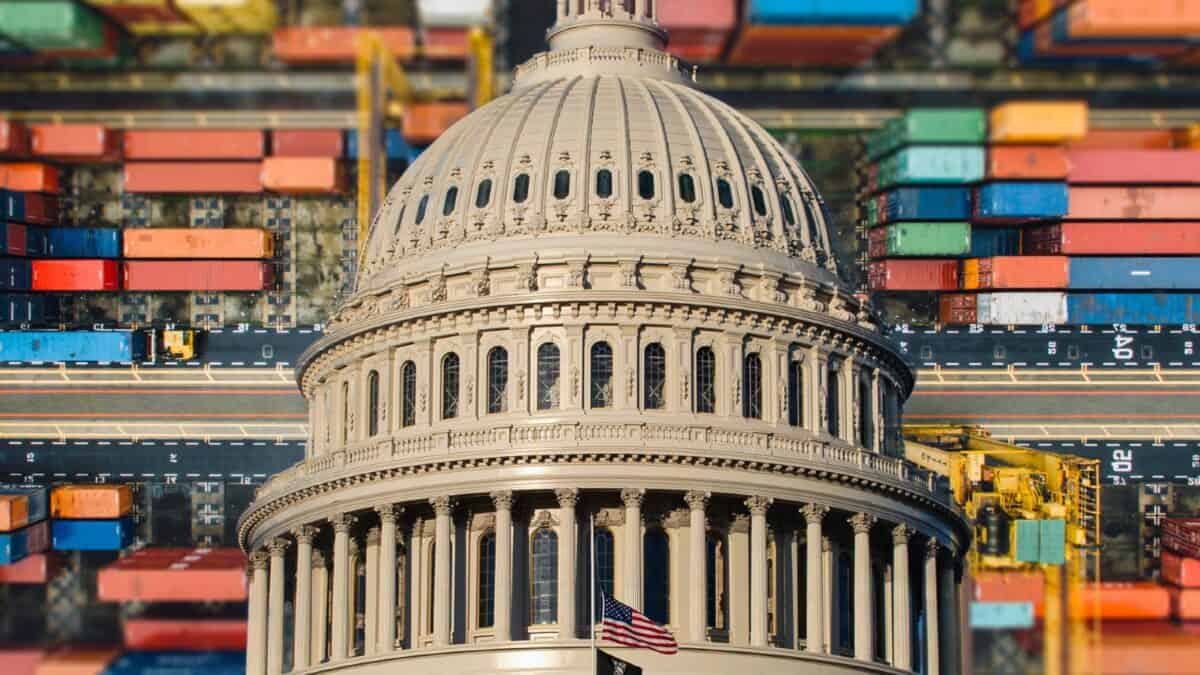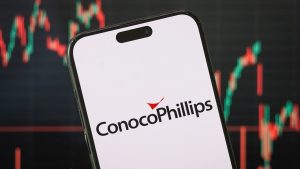The FTSE 100 has not been an oasis of calm during the stock market carnage. In fact, the blue-chip index is down 10.26% in a week, as Footsie banks and miners have been hit especially hard.
With all global indexes tumbling, I asked ChatGPT for ‘safe haven’ Footsie stocks to consider as President Trump’s tariffs cause mayhem. Here’s what the AI chatbot said.
Consumer staple
To start, it quickly pumped out Diageo (LSE: DGE). As a major player in the global drinks industry through brands like Guinness and Smirnoff, it enjoys consistent demand and “steady performance regardless of economic cycles“.
Hmm. Try telling that to shareholders, of which I was one until recently. The share price is down 23% year to date and 51% since the start of 2022. So much for steady performance!
That said, Diageo stock now appears to offer real value, trading at 15.6 times earnings and offering a 4.1% dividend yield. Those figures were closer to 24 and 2% just three years ago. So it’s possible the bottom might finally be in (or near).
However, things have changed since 2022. Surging inflation has ripped a hole in many drinkers’ budgets, driving some to downgrade from Diageo’s premium labels. Gen Z is drinking less.
Meanwhile, GLP-1 weight-loss drugs, which suppress cravings for alcohol among other things, have started to go mainstream. Fund manager Terry Smith cited them as a key reason for dumping his long-held Diageo stake last year.
I’m not convinced that Diageo is a great defensive play, given its exposure to some US tariffs and the rising possibility of a global economic downturn.
Utility
Next, ChatGPT plumped for National Grid (LSE: NG.). It said operating the UK’s electricity and gas transmission networks means it “provides essential services with regulated revenue streams, offering stability amid market fluctuations.”
I’d add that the firm has strategically shifted its focus from gas to electricity transmission. This aligns with the UK’s aim to decarbonise its energy sector and achieve net-zero emissions. Unfortunately though, this transition is eye-wateringly expensive, with National Grid planning to spend up to £35bn between April 2026 and March 2031.
My fear here is that these large-scale infrastructure projects will end up costing more, as they typically do on these shores. This could threaten long-term dividend growth and increase National Grid’s already colossal debt pile.
To be fair, the stock has proven to be a bit of a safe haven, edging up 2.4% this year. It might have further to run, given the uncertainty around global trade right now. So it may be worth considering by investors.
While I don’t see any immediate threat to National Grid’s dividend, the forecast yield for its current financial year is 4.8%. That isn’t high enough to tempt me to invest, given the debt situation.
Big Pharma
Finally, the bot highlighted AstraZeneca and GSK. Again though, are pharmaceuticals really a safe-haven sector in this environment? Tariffs on the industry are also being drawn up, which could directly impact profitability and lead to a cut in research and development.
Of these, I’d say National Grid is the best defensive play. But given the potentially lucrative opportunities elsewhere after the sell-off, I intend to go on the front foot in the coming weeks.
This post was originally published on Motley Fool





